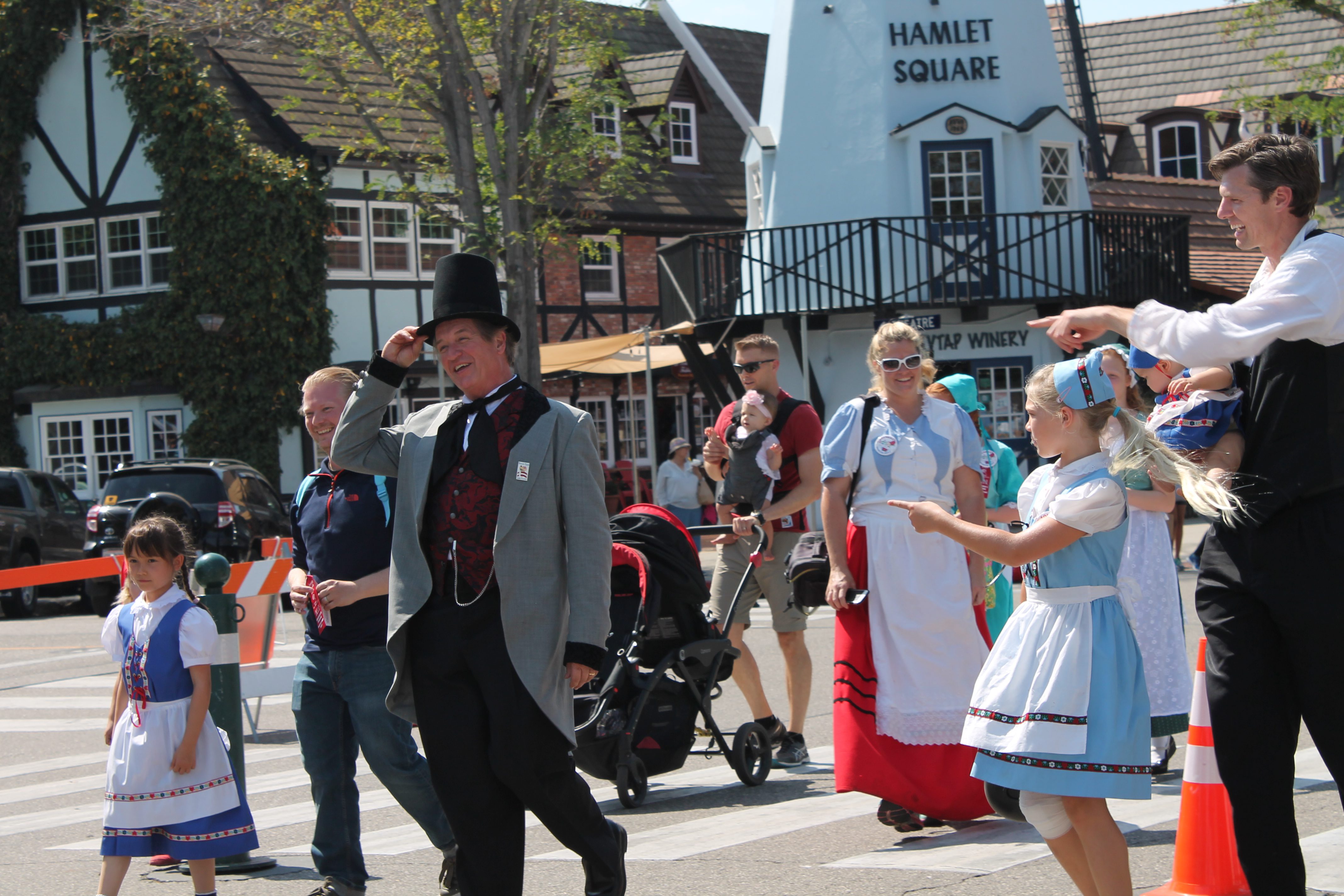By John Copeland
Here in America we celebrate Independence Day this week. For a lot of us, July 4th is filled with fireworks, parades, barbecues, picnics and baseball games.
But I think it’s fitting to ask, what do you think the Fourth of July is?
If your answer is Independence Day, well, OK, but it is not the day America won its independence from England. April 11, 1783, is the date that occurred with the signing of the Treaty of Paris.
What the Fourth of July does commemorate is the adoption of the Declaration of Independence by the Second Continental Congress in 1776. July 4th was the first holiday established by our young nation, and it’s the only one that celebrates our United States.
But Independence Day should be July 2, because that was the day the Continental Congress voted for independence from England. Even colonial newspapers announced that on July 2 the Continental Congress had “declared the United Colonies Free and Independent States.”
The Fourth of July was the day that members of the Continental Congress adopted the Declaration of Independence. Even though July 4 is the date at the top of the Declaration, the famous handwritten version was created after July 19, and not signed by most of the members of the Continental Congressional until Aug. 2.
During the summer of 1776, copies of the Declaration spread through the colonies. Americans marked the occasion with bonfires, ringing bells and tearing down symbols of the British monarchy. But what exactly were Americans celebrating that summer? It was the news of independence, not the document that proclaimed it.
Curiously, celebrating on July 4th began by accident. In 1777, no member of the Continental Congress thought of marking the anniversary of America’s independence at all until July 3, and then it was too late to observe it on July 2. As a result, the celebration in 1777 took place on July 4, and that became the tradition.
After independence, the Fourth of July was the first holiday established by our young nation. But it was not long before the it declined in popularity and was not celebrated regularly.
Judging from contemporary newspaper accounts, when the Fourth of July was remembered there were seldom the kinds of festivities we are familiar with today.
Observances usually involved a public reading of the Declaration of Independence. No mention was made of Thomas Jefferson’s role in composing the document, since that was not yet public knowledge, and there was no suggestion that the Declaration itself was, as posterity has demonstrated, unusually eloquent and powerful. It was as if that document had done its work in carrying news of independence and it neither needed nor deserved further commemoration.
The Declaration of Independence that we revere today is a document whose meaning now is very different from what it was in 1776.
Originally, the Declaration of Independence announced the end of Britain’s control over the 13 colonies and the emergence of the United States as an independent nation. But it has since been recognized as a statement of principles to guide stable and established governments, and it has usurped a role that Americans at one time delegated to the Bill of Rights.
How did that happen?
Jefferson, Franklin, Adams and other members of the Second Continental Congress had a different perception of what they were writing in July 1776. For them, it was enough for the Declaration to be “merely revolutionary.”
In the mid-1800s, a little-known lawyer and one-term congressman from Springfield, Ill., Abraham Lincoln, idealized the Founding Fathers, the Declaration of Independence and its assertion that all men were created equal. In Lincoln’s hands the Declaration became a living document for an established society and a set of goals to be realized over time.
The Union victory at Gettysburg in July 1863 was for Lincoln a vindication of the proposition to which the nation’s fathers had committed themselves to in 1776. Lincoln’s Gettysburg Address stated briefly and eloquently the convictions he had developed over the previous decades and bring to “this nation, under God, a new birth of freedom.”
The Declaration of Independence that Lincoln left us with was not Jefferson’s Declaration, although Jefferson and other revolutionaries shared the values Lincoln stressed: equality, human rights and government by consent.
Nor was Lincoln’s interpretation of the Declaration of Independence solely his creation. It remained an “expression of the American mind,” not, of course, what all Americans thought, but what many had come to accept. Over time, Lincoln’s interpretation of the Declaration of Independence has become that of our nation.
The Declaration of Independence’s power comes from its capacity to inspire and move the hearts of Americans living today. It has often been cause of controversy, pushing as it does against established habits and conventions, and a unifying national icon, a legacy that binds the colonial revolutionaries to us, who continue to confront issues our Founding Fathers could not have envisioned.
This Fourth of July, whatever your political persuasion, we should all take a moment to reflect on the words that Thomas Jefferson crafted along with input from John Adams and Benjamin Franklin and that were approved unanimously by the Second Continental Congress. They are as important for us to reflect on today as they were for our colonial ancestors in 1776.
You can find the text of the entire Declaration of Independence at this link: www.archives.gov/exhibits/charters/declaration_transcript.html.
On this holiday, we Americans celebrate not simply the birth of our nation or the legacy of a few great men. We also commemorate the Declaration of Independence that is our own collective work now, and which through time continues to define the promise of America.
Happy Fourth of July.





